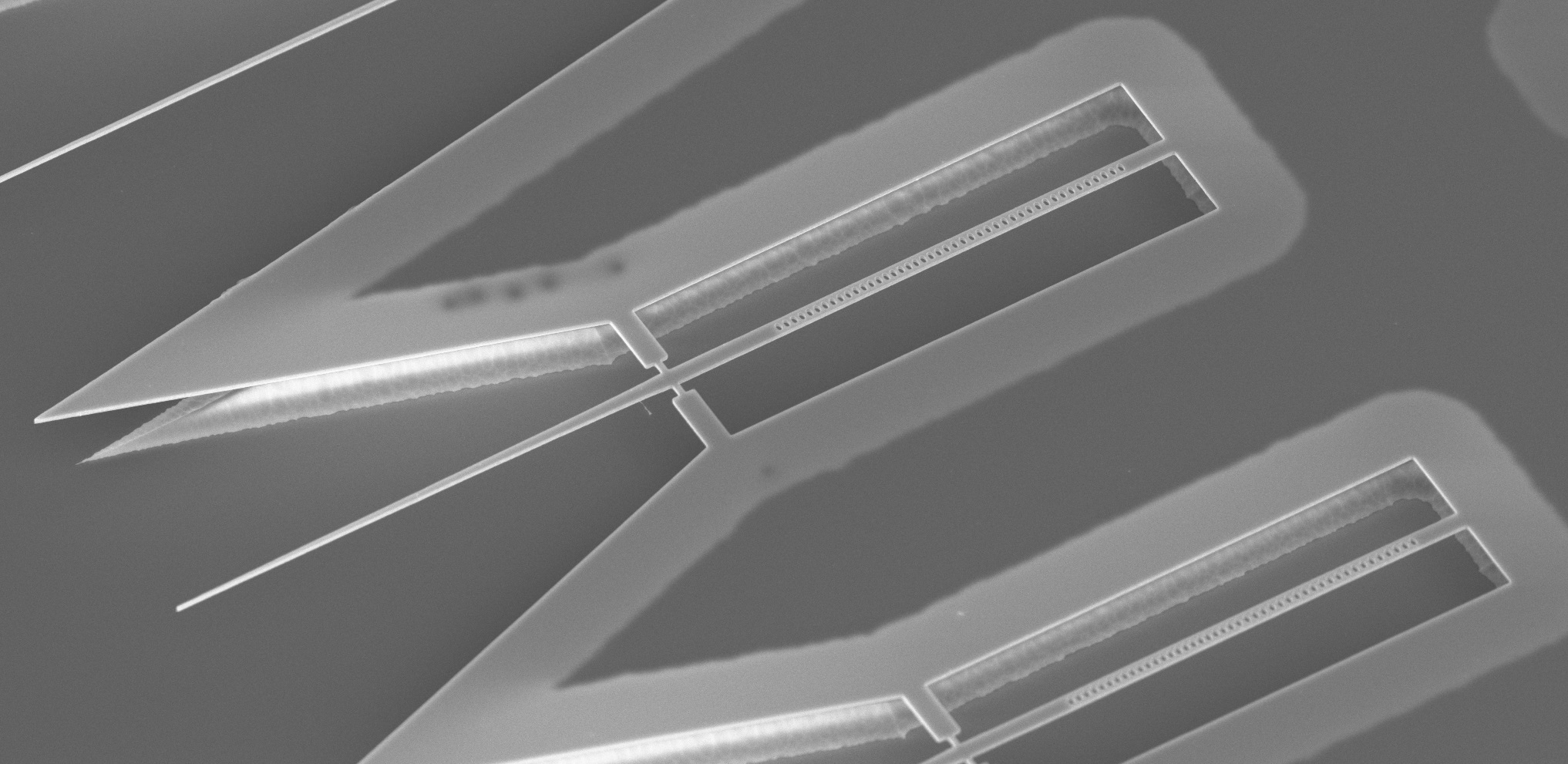
The path to a quantum network
Erbium atoms in silicon can be used to build quantum networks. Researchers at the Max Planck Institute of Quantum Optics have now succeeded in taking an important step in this direction.

The controlled use of quantum physical phenomena such as the entanglement of several particles enables completely new technical applications – for example, the construction of highly sensitive quantum sensors and fast quantum computers. With these, certain tasks that are unsolvable for conventional computing machines can be accomplished in a short time. These and other quantum technologies could operate very effectively in quantum networks in the future. A promising platform for their realisation has now been demonstrated by a team of researchers at the Max Planck Institute of Quantum Optics (MPQ) and the Technical University of Munich (TUM) in Garching.
"All quantum technologies are based on so-called qubits, the elementary carriers of quantum information," explains team leader Prof. Dr. Andreas Reiserer. If they are connected with each other by light, a quantum network can be created, similar to what is done today in the "classical" internet. The qubits can be individual atoms that are isolated from each other and embedded in a solid host material. This works particularly well with erbium atoms in a silicon crystal, as Reiserer and his team recently showed. Now the researchers made another important step forward: they excited individual erbium atoms in such a way that they subsequently emitted individual photons – with properties that are ideal for the construction of quantum networks.
Ideal conditions for telecommunications
For this purpose, Reiserer's research team implanted – in technical jargon: doped – the atoms of the rare earth metal into the silicon crystal lattice at specific positions. "This gives the erbium atoms excellent optical properties," explains the physicist: they emit light with a wavelength of 1536 nanometres. This is almost identical to the light wavelength used for data transmission in fibre optic networks for classical telecommunications – because it is characterised by comparatively low loss. "This allows for quantum information to be transmitted over long distances," adds Reiserer.

Nanophotonic resonator on a silicium chip.
“However, in order to make technical use of these fundamental properties of erbium, one has to stimulate the atoms to emit individual light particles in a controlled manner," says Andreas Gritsch, a doctoral researcher in Andreas Reiserer's team at the MPQ. "In this way, an interface for sending or receiving quantum information can be created." Now, the researchers in Garching and Munich have succeeded in doing just that. They used an optical resonator – a device that can reflect light and thereby amplify it – for this purpose. "For the first time, we have produced a resonator made of silicon doped with erbium," reports Gritsch.









